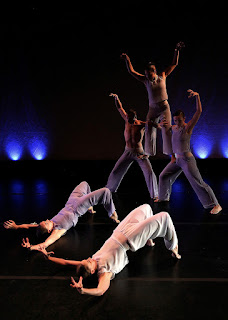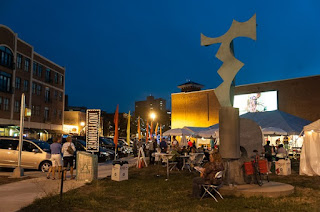Mark Guiliana, the last word in jazz drumming, points to his roots in 'Jersey'

Mark Guiliana, a thinking man's drummer. A new star will make a stop nearby at the Midwest's premier jazz festival on Labor Day weekend. Mark Guiliana is a jazz drummer with a remarkable sensitivity to sound and loads of restraint when it comes to displaying his technique. He will bring his quartet to the Detroit Jazz Festival Sunday evening. That may be as close as you can get anytime soon to the Guiliana magic, though it is likely to draw back from some of the electronic extensions of his recent activity and focus on material from "Jersey" ( Motema ). The disc's largely original material, acoustically vivid, is capped by a tribute to his quondam employer, David Bowie, in the form of Bowie's "Where Are We Now?" The distribution of the material is nearly unique to each track. His colleagues are saxophonist Jason Rigby, pianist Fabian Almazan, and bassist Chris Morrssey. The title track is perhaps the most conventional — a ballad that seems












